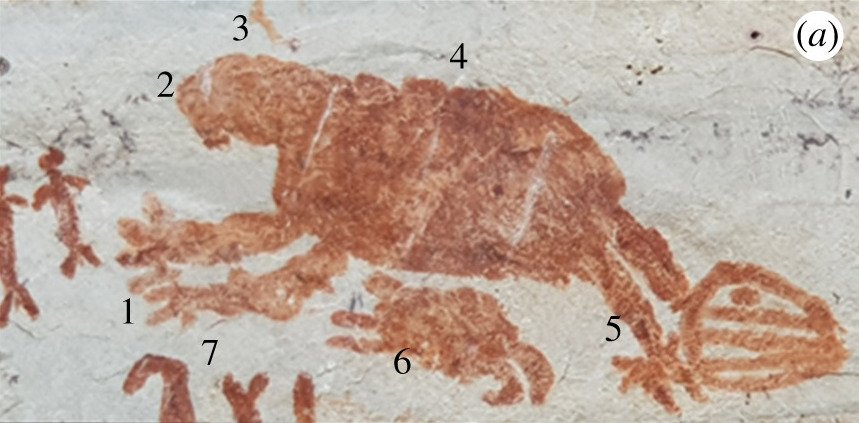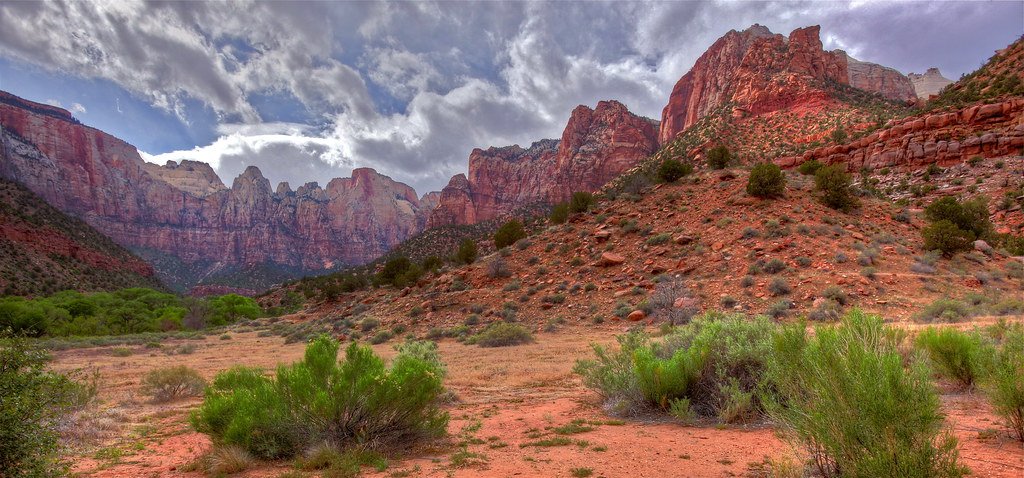Imagine wandering through the dense, dripping Amazon rainforest, every shadow playing tricks on your senses, when suddenly, an unearthly howl splits the humid air. Leaves rustle, trees sway, and you catch a whiff of something so foul it nearly knocks you off your feet. Is it just the jungle playing games, or have you stumbled upon the legendary Mapinguari—a creature so bizarre and terrifying that for centuries, locals have whispered its name in awe and fear? This is not just a story for campfires. The Mapinguari sits at the crossroads of myth and science, a living mystery that refuses to fade into the undergrowth of history.
Origins of the Mapinguari Legend
The story of the Mapinguari is as tangled as the jungle vines of the Amazon. Indigenous peoples across Brazil, Bolivia, and Peru have passed down tales of this beast for generations. According to oral traditions, the Mapinguari is a giant, shaggy creature that stomps through the forests, leaving a trail of destruction. Some tribes believe it’s a guardian spirit, while others warn that crossing its path spells doom. These stories aren’t just entertainment—they’re woven into the cultural fabric of Amazonian life, shaping how people interact with the forest and its mysteries.
The Mapinguari’s Astonishing Appearance
Descriptions of the Mapinguari are enough to send shivers down anyone’s spine. Imagine an animal standing over seven feet tall, covered head to toe in reddish-brown fur, with claws like machetes and a single eye glaring from the center of its face. Some say it has a gaping mouth on its belly, ready to gulp down anything in its path. The stench it carries is legendary—so powerful that even the bravest hunters turn back. Whether it’s a grotesque monster or a misunderstood marvel, the Mapinguari’s look is unforgettable.
Myth or Misidentified Megafauna?
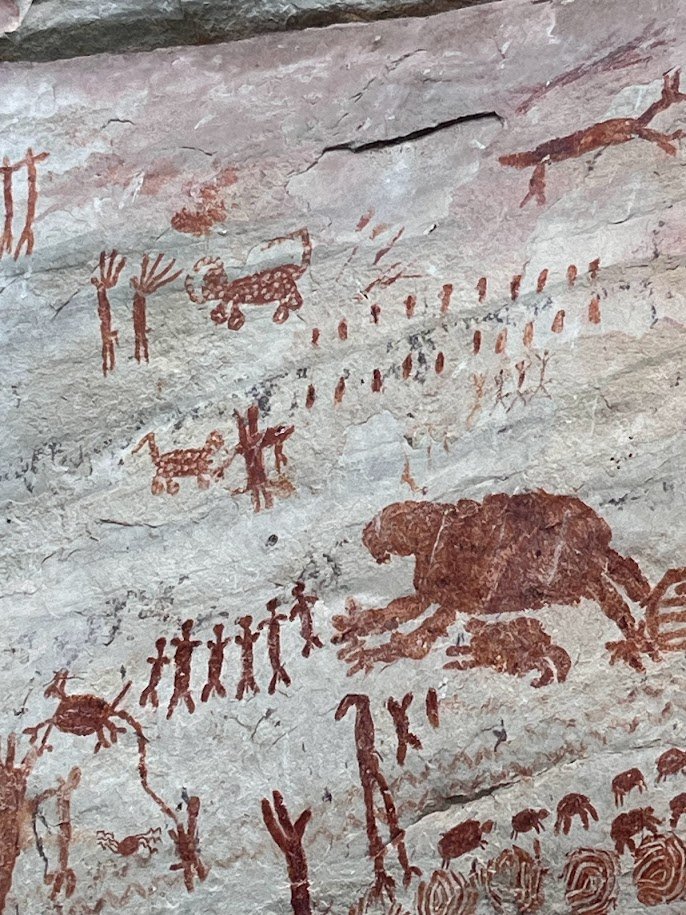
One of the most fascinating twists in the Mapinguari legend is the theory that it’s a memory of a real, prehistoric animal. Scientists and cryptozoologists have speculated that stories of the Mapinguari could be rooted in sightings of giant ground sloths—massive herbivores that once roamed South America. These creatures, called Megatherium, went extinct thousands of years ago, but their fossils are still found in the Amazon today. Could ancient encounters with these giants have seeded the stories that grew into the Mapinguari legend?
Encounters and Eyewitness Accounts
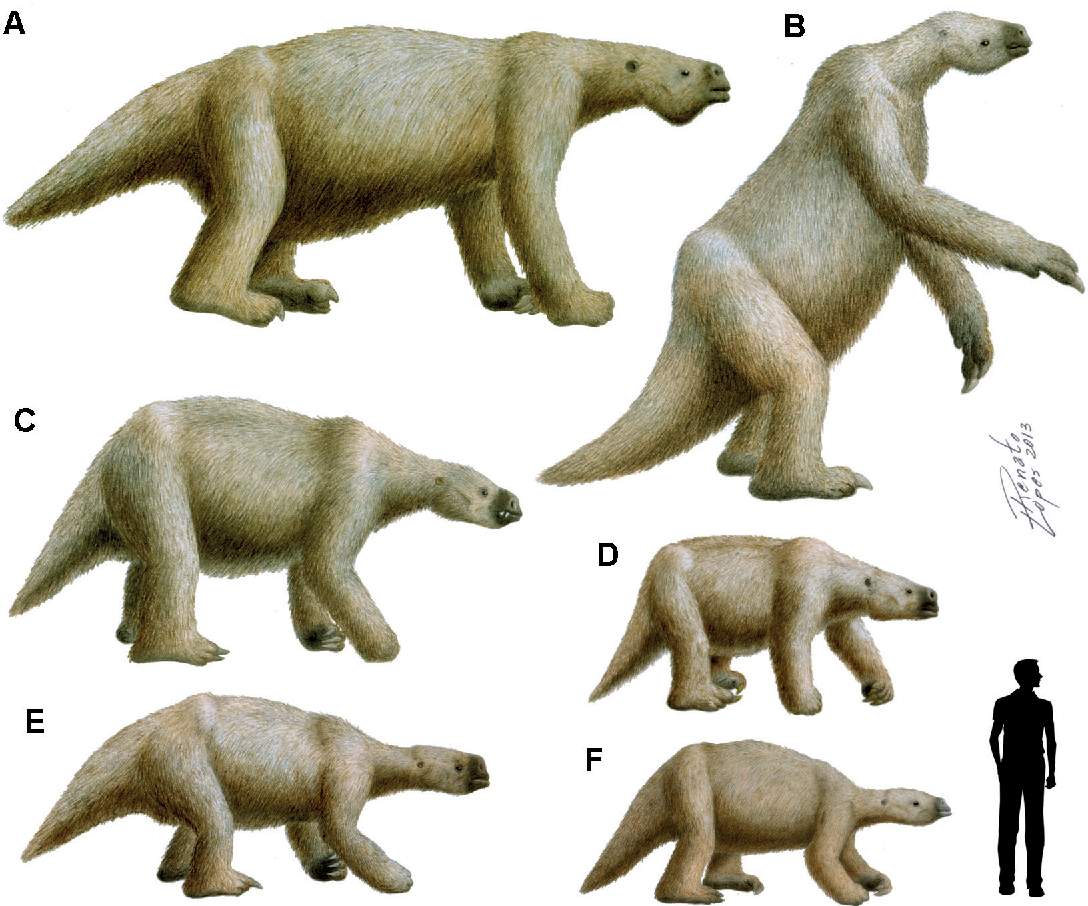
Despite skepticism from outsiders, locals continue to report chilling encounters with the Mapinguari. Hunters tell tales of seeing huge footprints deep in the forest, hearing guttural roars echoing through the trees, or stumbling across trees ripped apart by unseen hands. Some even claim to have caught glimpses of the creature itself, lumbering away on two legs or crashing through dense brush. These stories, sometimes delivered with trembling voices, keep the legend alive and spark endless debates among believers and skeptics alike.
The Mapinguari’s Role in Indigenous Culture
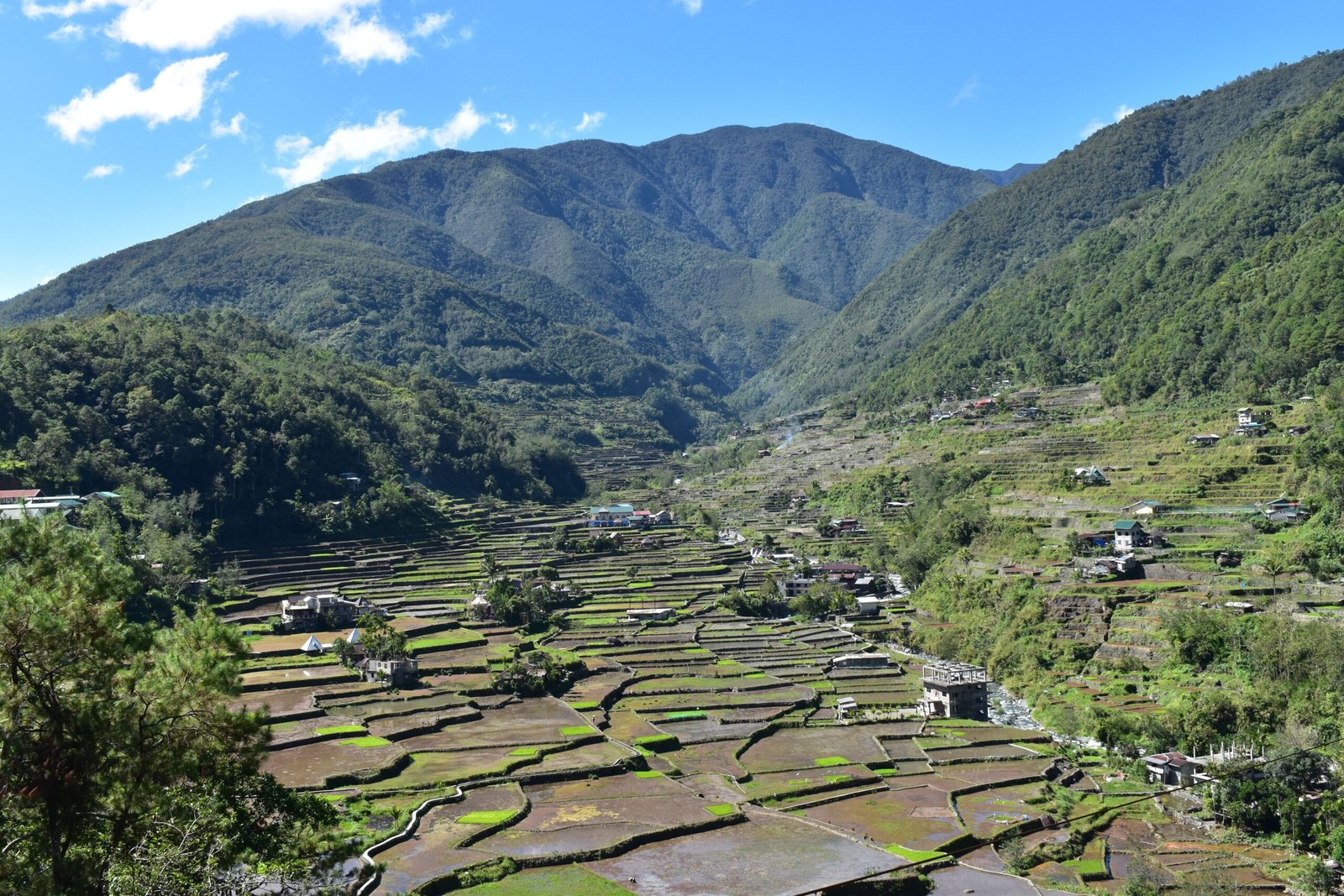
For many Amazonian tribes, the Mapinguari is more than just a scary story—it’s a symbol of the forest’s power and unpredictability. Some communities treat it with reverence, leaving offerings or performing rituals to appease its spirit. Others use tales of the Mapinguari to teach children about the dangers of wandering too far from home or disrespecting the natural world. In this way, the legend serves as a living lesson, blending caution, respect, and awe into daily life.
The Smell That Stops Hunters Cold
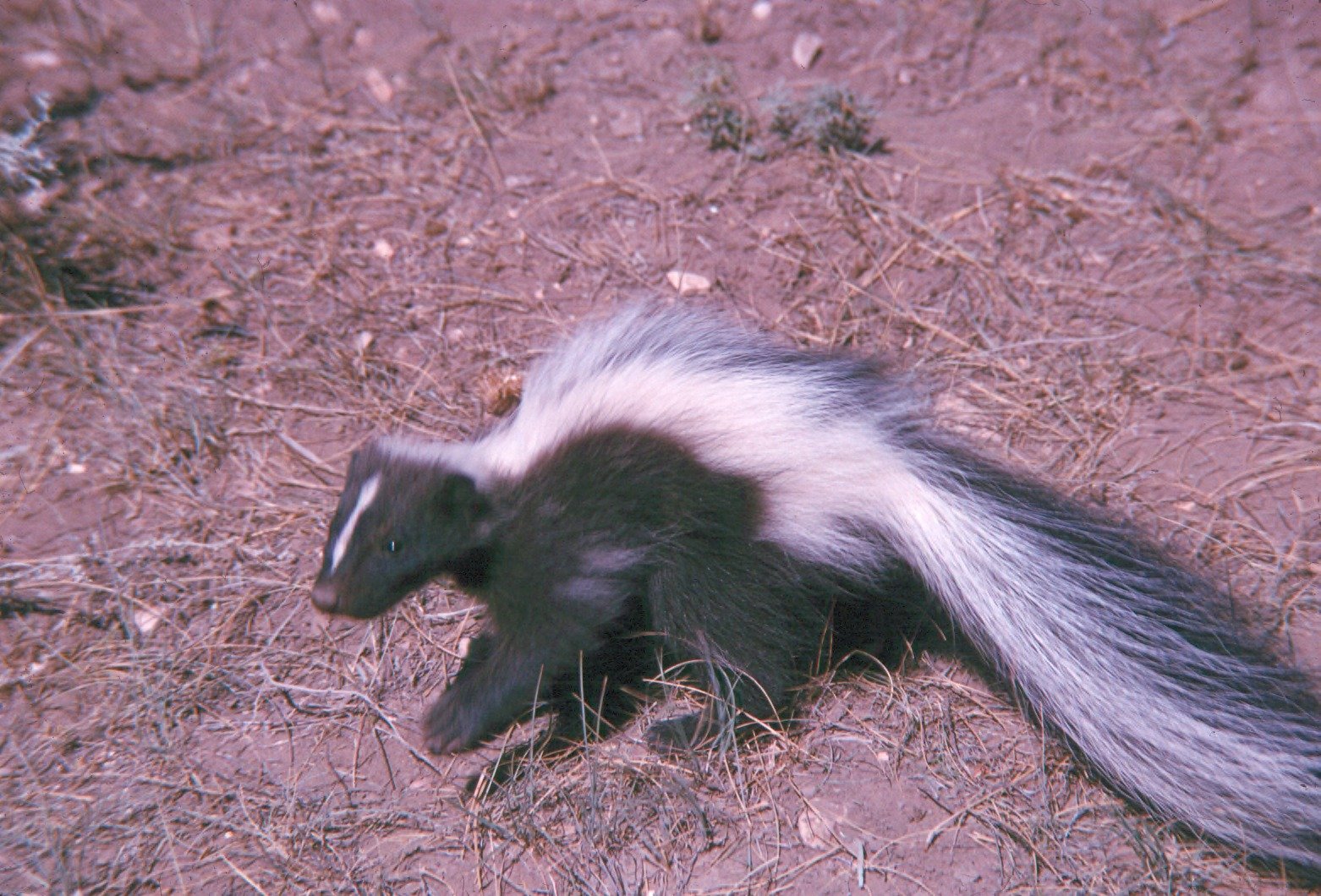
If there’s one detail that everyone agrees on, it’s the Mapinguari’s unbelievable stench. Described as a mix of rotten eggs, sulfur, and decaying meat, its odor is said to be so overpowering that humans and animals alike flee in terror. Some hunters claim their dogs refuse to track in certain areas, whimpering and pulling back at invisible boundaries. Scientists have wondered if this part of the legend could be based on real animals with strong defensive odors, like skunks or wolverines, or if it’s a metaphor for the dangers lurking in the unknown.
The Mapinguari in Modern Science
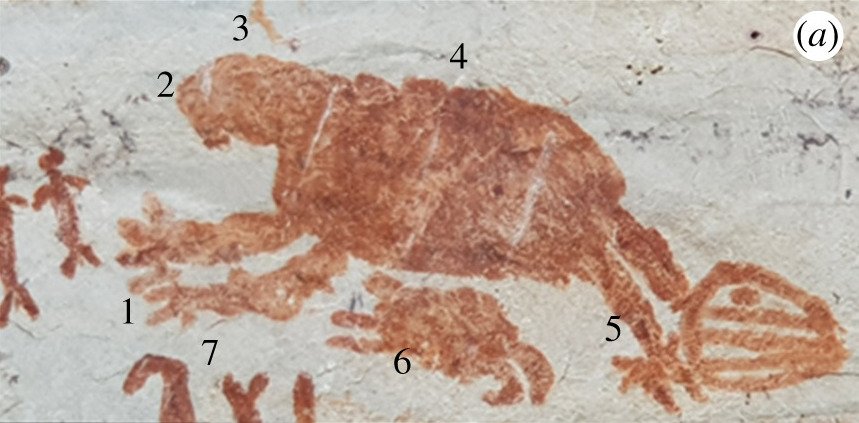
While most mainstream scientists dismiss the Mapinguari as pure folklore, a handful of researchers have taken the stories seriously. Paleontologists point to the striking similarities between Mapinguari descriptions and what we know about giant ground sloths. Expeditions have even set out to search for living relics in the rainforest, armed with motion-sensing cameras and hopes of finding evidence. So far, the Mapinguari remains elusive, but the questions it raises about extinction and survival keep scientists guessing.
Cryptozoology and the Search for Hidden Creatures
The Mapinguari is a superstar in the world of cryptozoology—the study of animals that might exist according to folklore, but haven’t been proven by science. Like the Loch Ness Monster or Bigfoot, the Mapinguari has inspired wild expeditions, passionate debates, and countless books and documentaries. For some, searching for the Mapinguari is about more than just finding a monster; it’s about exploring the last wild places on Earth and asking what secrets they might still hold.
Possible Explanations: From Sloths to Spirits
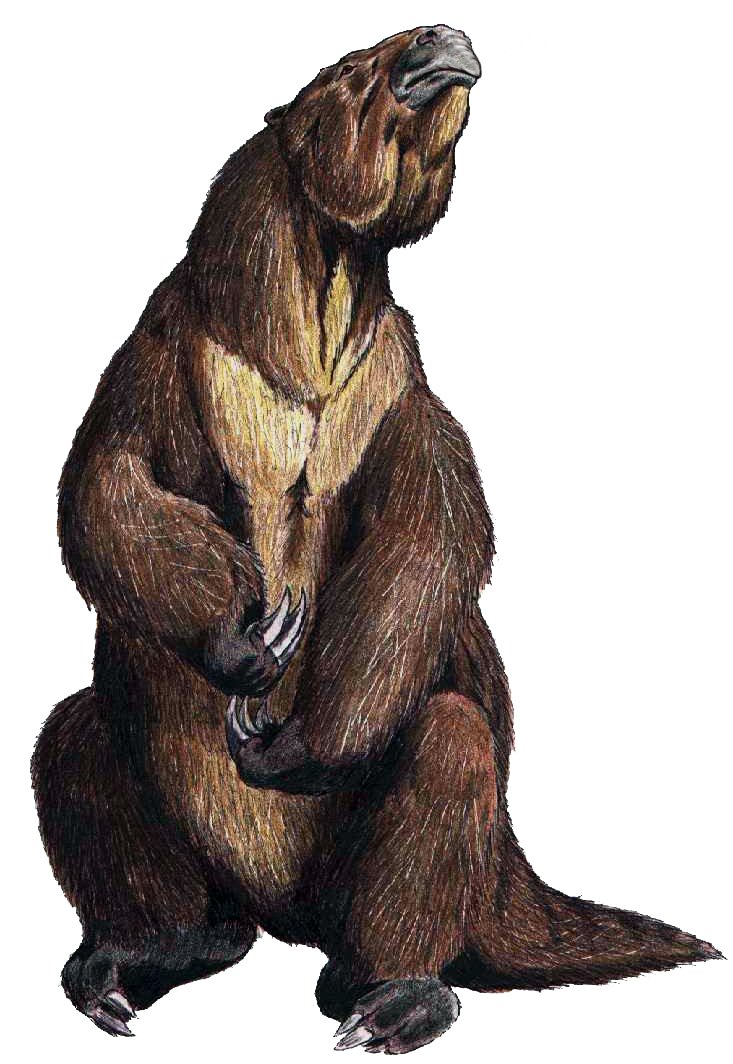
There’s no shortage of theories about what the Mapinguari really is. Some researchers argue that it’s a cultural memory of extinct megafauna, while others suggest it could be a misidentified bear, tapir, or even an undiscovered species. Still others see the Mapinguari as a supernatural being—an earth spirit or forest guardian that exists on a different plane. Each explanation tells us something about the human need to explain the unexplainable, and the power of the unknown to fuel our imaginations.
The Power of Oral Tradition
The Mapinguari legend showcases the incredible strength of oral tradition. In regions where written records are rare, stories passed from person to person become a kind of living history. Details shift and morph over time, but the core of the tale remains. In the case of the Mapinguari, these stories have survived centuries of change, colonization, and modernization, reminding us of the deep connections between people, place, and story.
The Mapinguari’s Place in Popular Culture
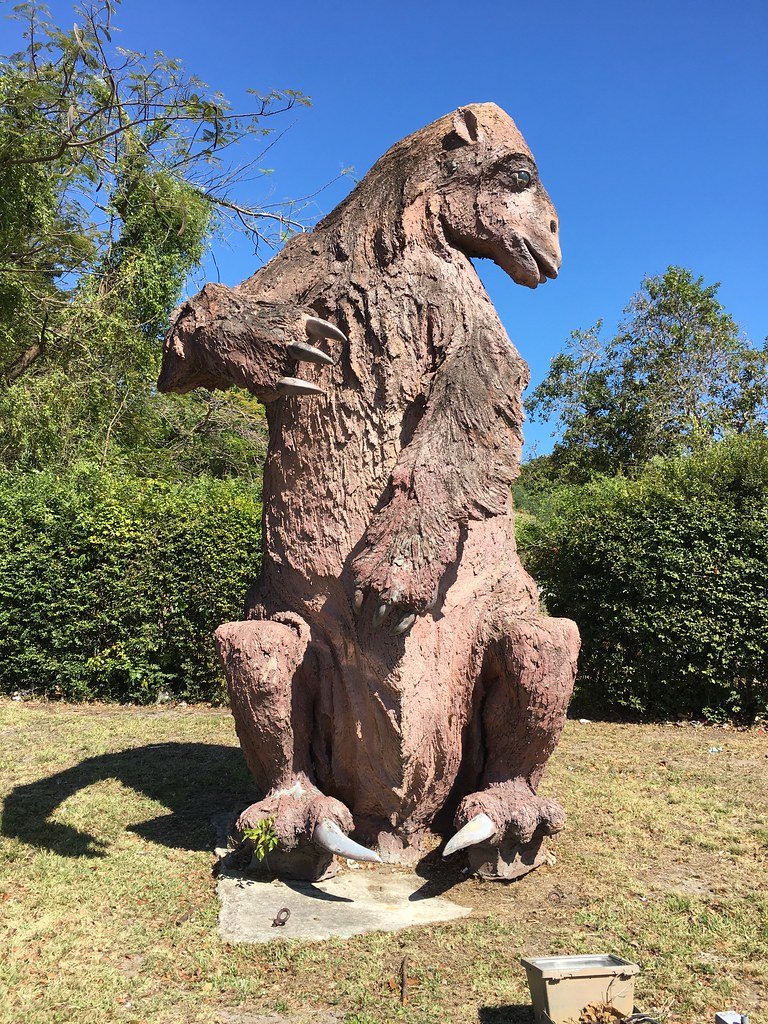
In recent years, the Mapinguari has made its way from the jungle into movies, novels, and comics. It’s become a symbol of wild, untamed nature and the mysteries that still lurk beyond the reach of civilization. Artists and writers love its bizarre appearance and haunting backstory, using it as a canvas for exploring themes of fear, wonder, and survival. Even outside South America, the Mapinguari is capturing imaginations as a true icon of the unknown.
Conservation and the Mapinguari
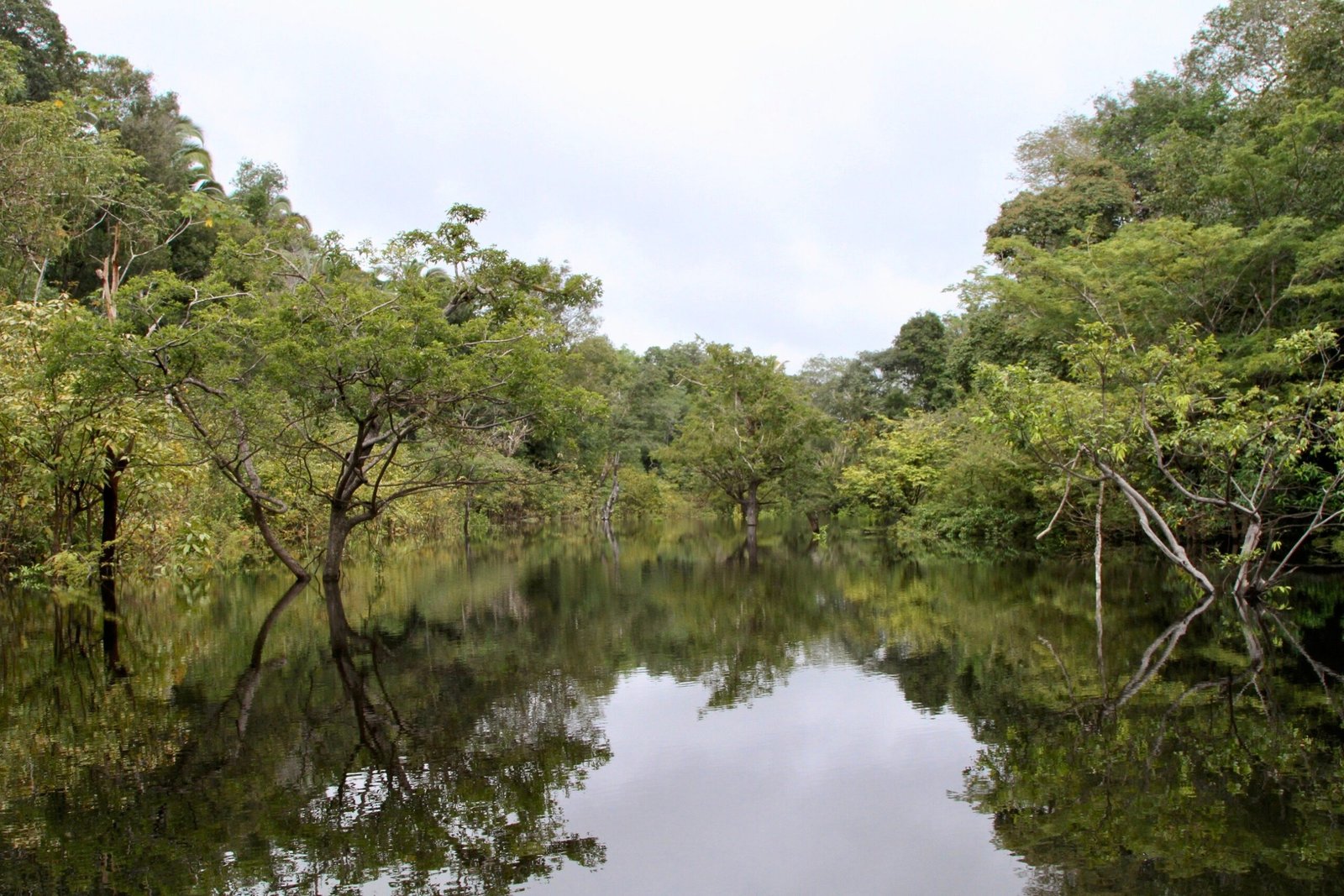
Whether the Mapinguari is real or not, its legend has played a surprising role in conservation efforts. Some environmentalists use the story to highlight the importance of preserving the Amazon’s vast, unexplored regions. After all, if there are creatures we haven’t even discovered yet, how can we justify destroying their homes? The Mapinguari, in this sense, becomes a powerful ambassador for the rainforest’s mysteries and the urgent need to protect them.
The Giant Sloth Connection
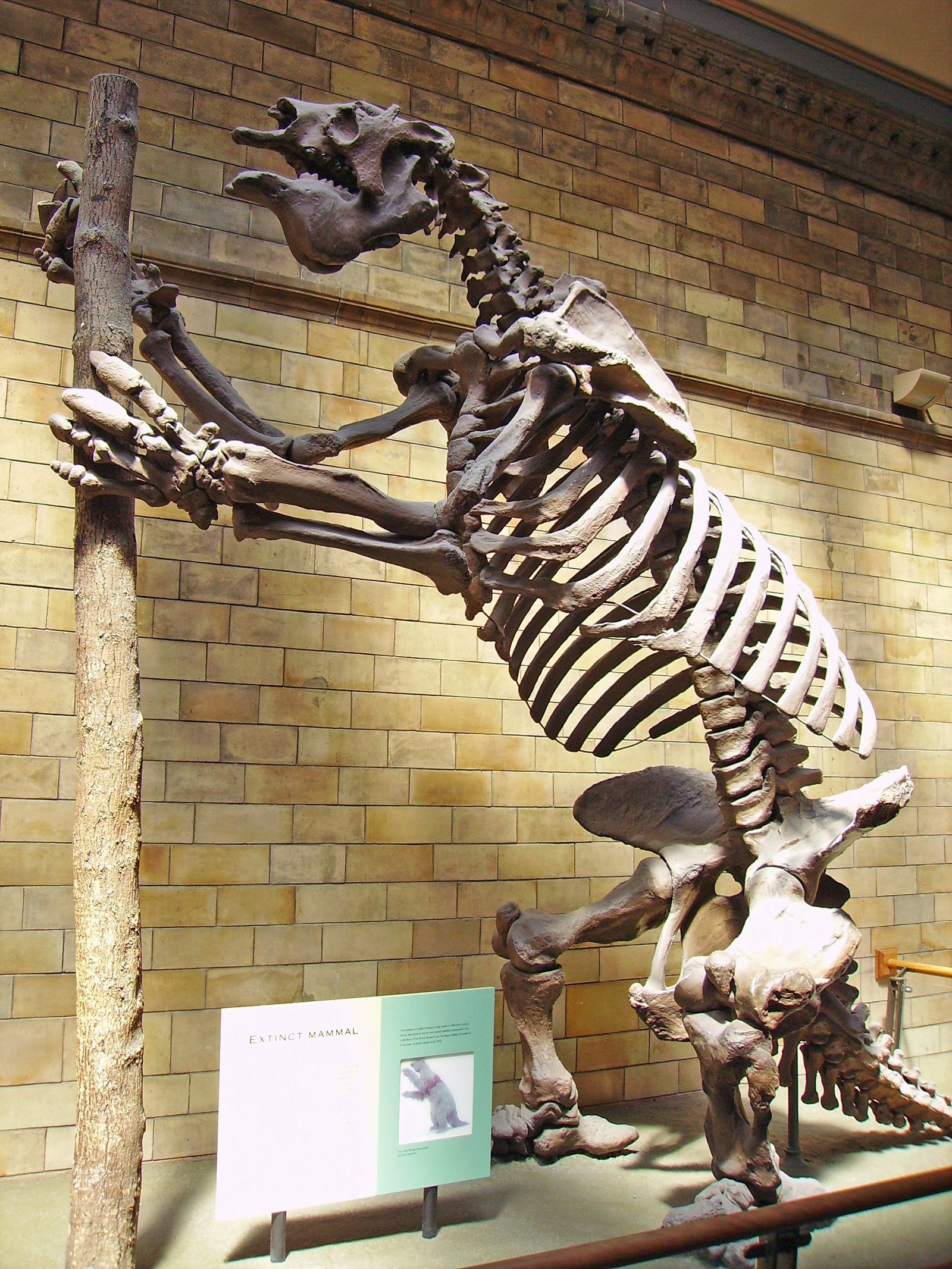
The idea that the Mapinguari could be a lingering population of giant ground sloths is one of the most tantalizing scientific theories. These creatures, which could weigh several tons and stood upright like humans, disappeared from most of South America around 10,000 years ago. Yet, fossil discoveries and strange local sightings have kept hope alive that a few might have survived in remote corners. It’s a long shot, but the possibility is enough to spark serious discussion among paleontologists and thrill-seekers alike.
Ecological Lessons from the Mapinguari
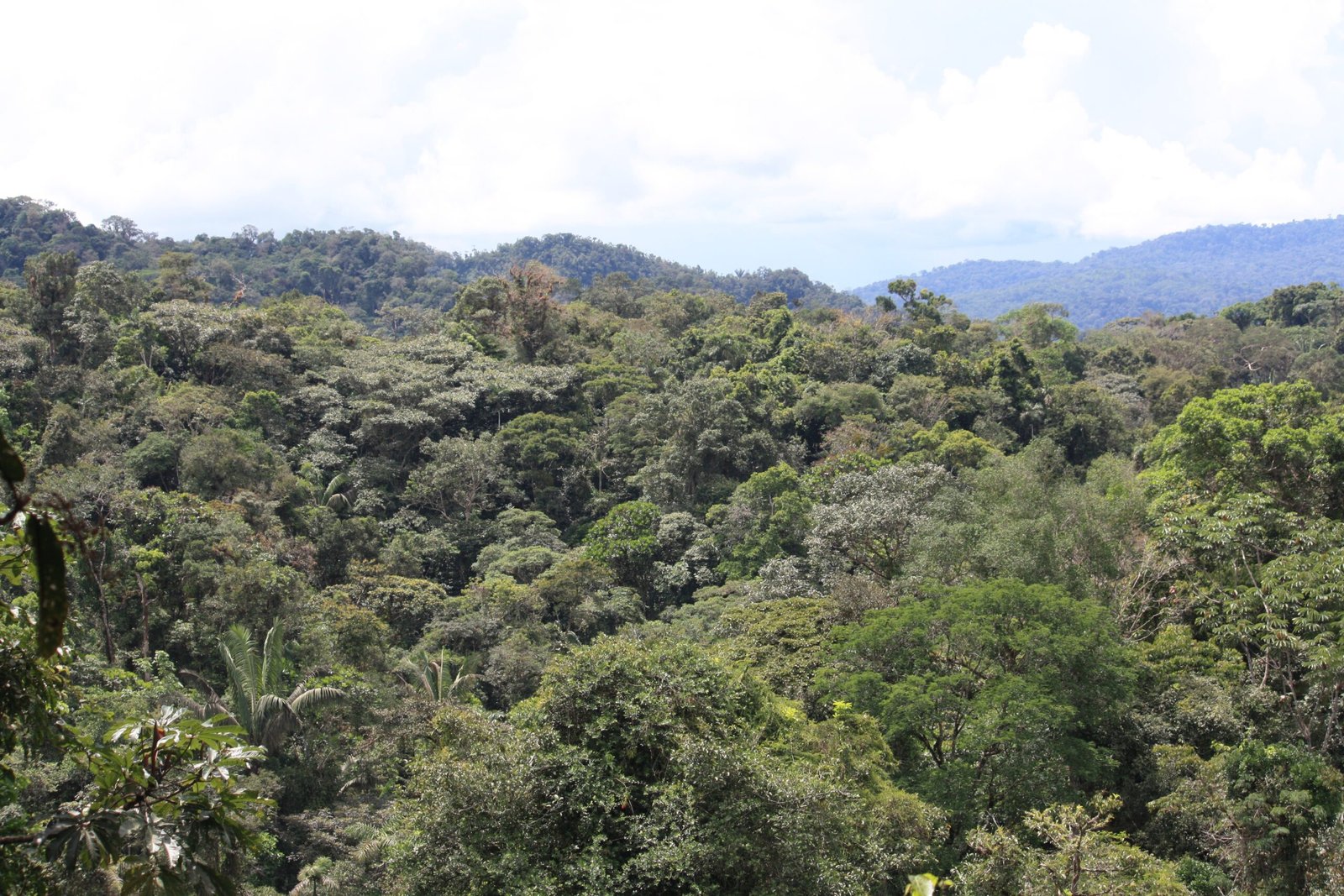
The Mapinguari legend isn’t just about monsters—it’s about the delicate balance of the ecosystem. Many stories describe the creature as a guardian of the forest, punishing those who cut down trees or hunt recklessly. In this way, the Mapinguari serves as a warning: respect the land, or face the consequences. It’s a message that feels especially urgent today, as deforestation and climate change threaten the Amazon’s future.
Comparisons to Other Global Cryptids
Every culture has its own mysterious beasts, from North America’s Sasquatch to the Yeti of the Himalayas. The Mapinguari stands out for its uniquely South American roots and its connection to real extinct animals. Comparing these legends reveals fascinating similarities in how humans everywhere grapple with the unknown. Whether it’s fear, curiosity, or hope, these stories help us make sense of the world—and our place in it.
The Thrill of the Unknown
Part of what makes the Mapinguari so captivating is the possibility that something extraordinary could still be hiding in the world’s wild places. Even in an age of satellites and smartphones, the Amazon remains a realm of secrets. The Mapinguari represents the thrill of not knowing, the excitement of imagining what might be just out of sight. It’s a reminder that, sometimes, the greatest discoveries are the ones we haven’t made yet.
Personal Stories from the Jungle
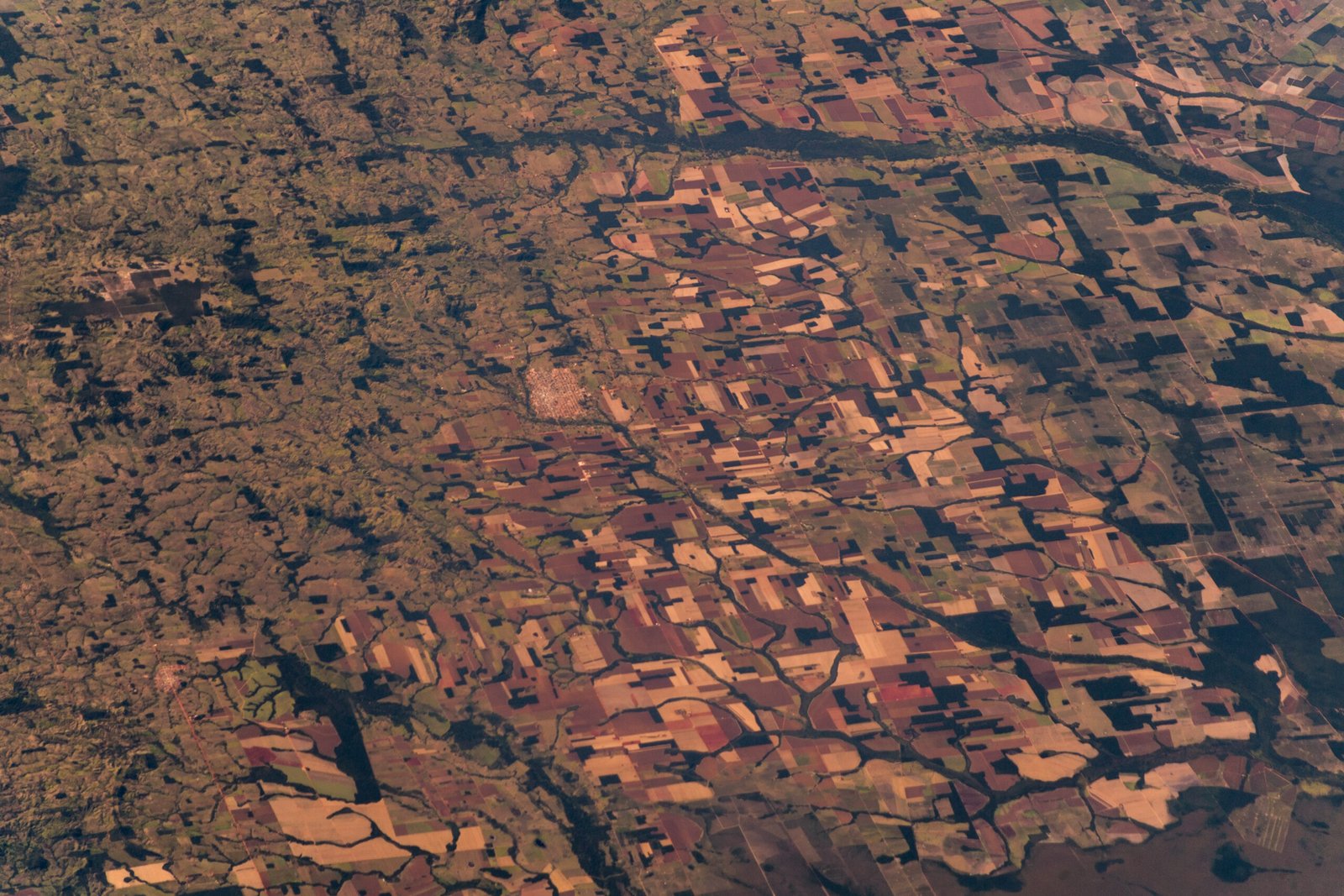
Many who have spent time in the Amazon have their own stories—strange sounds at night, unsettling feelings, or unexplained disappearances of livestock. One guide I met in Brazil swears he once saw a massive, shaggy shape move through the mist, leaving huge footprints behind. Was it the Mapinguari, or just the jungle playing tricks? These stories are part of what makes the legend so enduring. They aren’t just about monsters—they’re about our own adventures and fears.
The Mapinguari and the Human Imagination
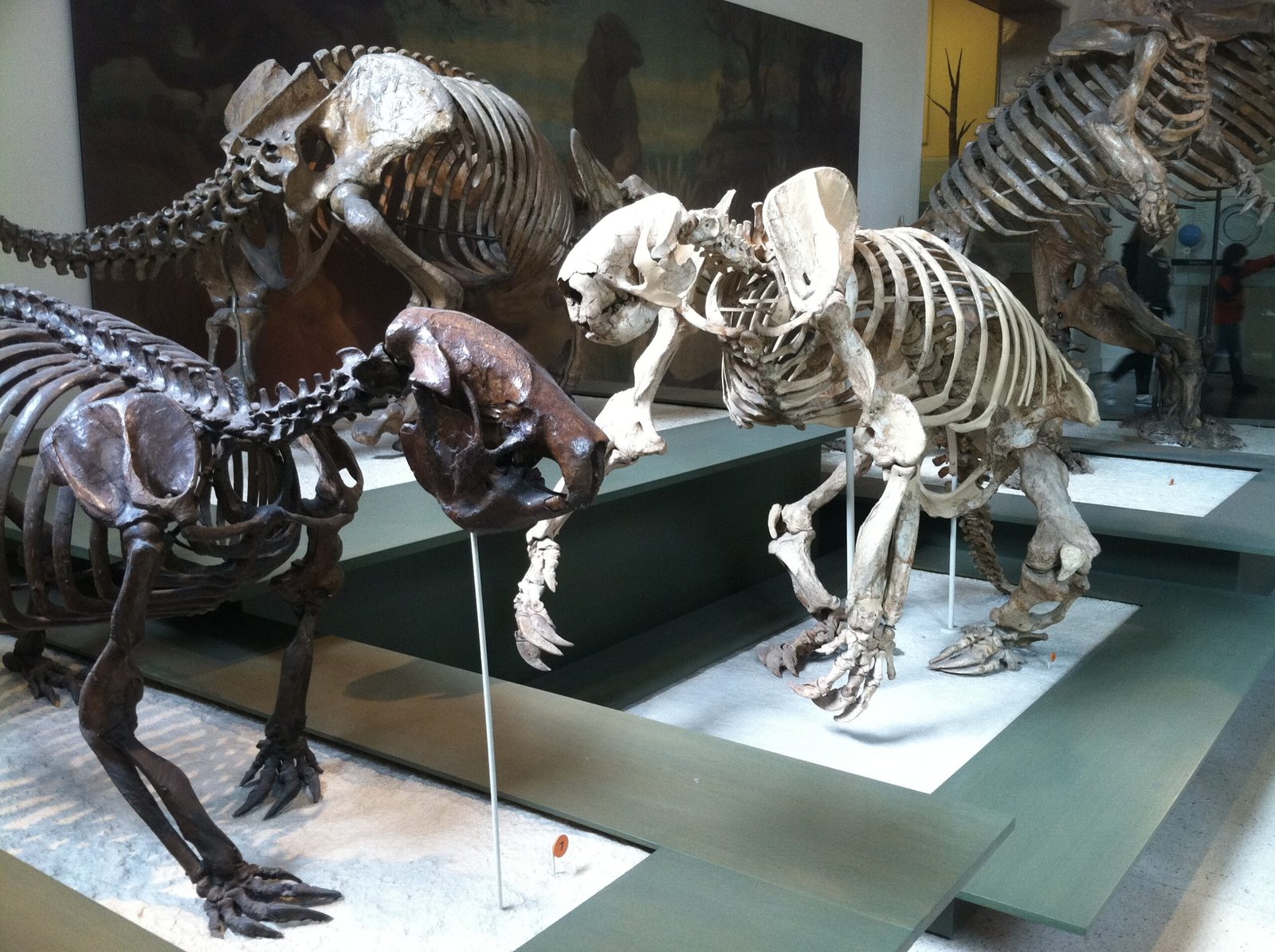
Ultimately, the Mapinguari is a testament to the power of human imagination. It’s a creature stitched together from memory, mystery, and myth—proof that even in a world mapped by satellites, there are still places and stories that defy explanation. The Mapinguari lingers in the shadows of the rainforest, inviting us to look closer, listen harder, and never stop wondering what might be out there.
What the Mapinguari Teaches Us Today

The Mapinguari may be a legend, but its lessons are real. It urges us to respect the unknown, to value the wild spaces that still exist, and to remember that not every answer has been found. In a world that often feels smaller by the day, the Mapinguari is a reminder that mystery still lives—sometimes, just beyond the next stand of trees.

